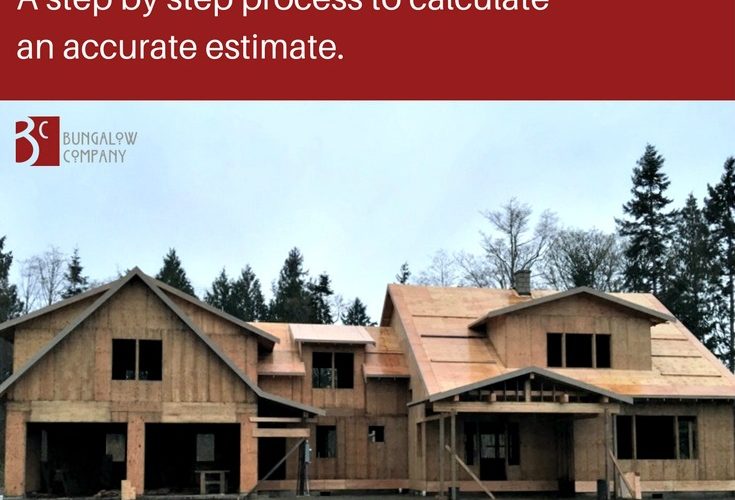One of the most all-consuming and expensive endeavors you can undertake is building a house. Regardless of whether you choose to have a contractor build it for you or undertake the task itself, there are so many decisions to make and so many time-consuming details to attend to, it is a wonder any house ever gets built at all.
The most important factor affecting the decision the build is cost. Everyone needs and wants to know how much it’s going to cost to build the house they want. Unfortunately, there are no hard and fast rules that determine construction costs. The average cost of a new site-built house ranges from $80 to $200 per square foot. This means that a 2,000 square foot house may cost between $160,000 and $400,000. This number includes everything from the lot to the final paint job. A number of factors affect the final cost, including geography, style of the home, how it is finished and who builds it.
Geography
The location of your future house matters a great deal when it comes to the construction costs. A 2,000 square foot house that costs you $177,000 in Florida may cost you as much as $321,000 in Los Angeles, or as little as $157,000 in Louisiana.
It generally costs more to build a home in a heavily urbanized area than in a smaller city or in the country. Land is more expensive in the city and building codes are stricter. Most cities also have development impact fees that can be as much as several thousand dollars. These fees are lessened or nonexistent in smaller jurisdictions. Builders also have higher labor and overhead costs in urban areas.
Rural areas aren’t without their own set of issues, however. An area that is too rural may have limited access to sites and fewer builders to choose between. You may also have to pay to put in a septic system and a well, which can be quite expensive.
Home Style
Another important factor that will influence the cost of your new home will be the style. A ranch style home is often simpler to construct than a two-story, but it may end up costing more because the roof area will be larger. Houses with a lot of corners or odd geometry will have higher construction costs than a square or rectangular home.
The foundation also plays a role. Basements and crawlspace foundations cost more than a slab. Brick homes will cost more than stud-framed houses. Special styles like straw bale or timber framing will also cost more than a standard house.
Finish Work
The way a house is finished out will also impact the final cost. You could build two copies of the same house side-by-side, and one might cost two or three times as much as the other, though it will cost no more to build the one than the other –until you get to the finishing touches.
The “finishing” phase of home construction includes features such as siding and roofing, which can vary from house to house, but the real difference comes into play when you consider everything that is added to the inside. The cost of flooring, bathroom fixtures, kitchen cabinets and even paint is highly variable and will dramatically affect the cost of your house.
If you decide to go with standard finishes, such as off-the-shelf cabinets, basic bathroom fixtures and a standard set of stairs, then you can expect your costs to be on the lower end of the spectrum. If you want expensive wood floors, copper plumbing and a gourmet kitchen, then your construction costs will be on the higher end of the scale.
Who Builds the House
This is one of the most important factors that will determine how much your new home will cost. If you want to really reduce the cost of your new home, then you should consider building it yourself. A large portion of the builder’s fee will go towards labor, overhead and profit. Building the house yourself will eliminate all of those expenses.
Nor do you need to build the entire house yourself; you can hire contractors to do certain portions of the work, build a kit house, or hire a contractor to put up the basic shell and then do the finishing work yourself. You can considerably reduce the cost of your home by using any of these options.
References:
http://online.wsj.com/article/SB120896495907838431.html
http://online.wsj.com/article/SB120896495907838431.html
http://www.byoh.com/costestimatingexplained.htm
http://www.buildingjournal.com/residential-estimating.html
<>
<>
Related Posts
- How Much Does it Cost to Build a House?
- How Much Is Closing Costs On A House?
- How Much Does It Cost To Sell a House?
- How Much Does It Cost To Build a Home?



